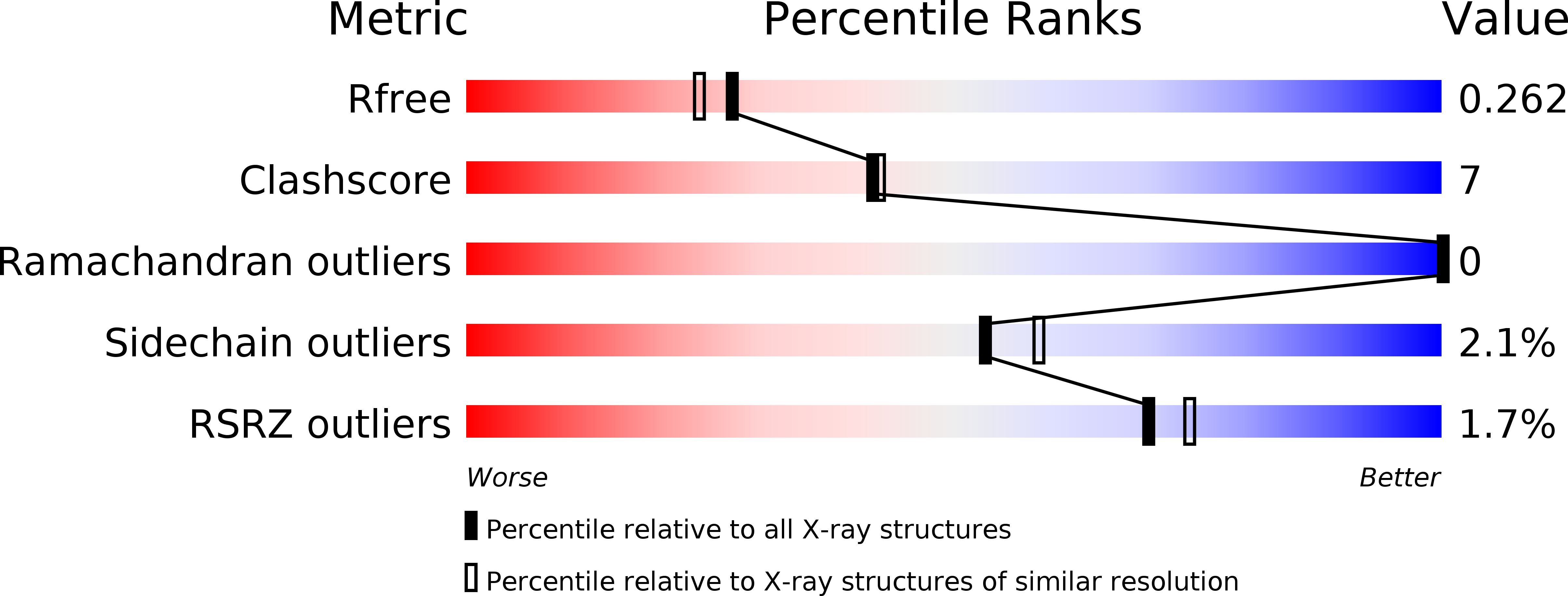
Deposition Date
2015-02-11
Release Date
2015-05-20
Last Version Date
2024-01-10
Entry Detail
PDB ID:
5AI1
Keywords:
Title:
Crystal structure of ketosteroid isomerase containing Y32F, D40N, Y57F and Y119F mutations in the equilenin-bound form
Biological Source:
Source Organism:
PSEUDOMONAS PUTIDA (Taxon ID: 303)
Host Organism:
Method Details:
Experimental Method:
Resolution:
2.10 Å
R-Value Free:
0.25
R-Value Work:
0.19
R-Value Observed:
0.19
Space Group:
C 2 2 21


